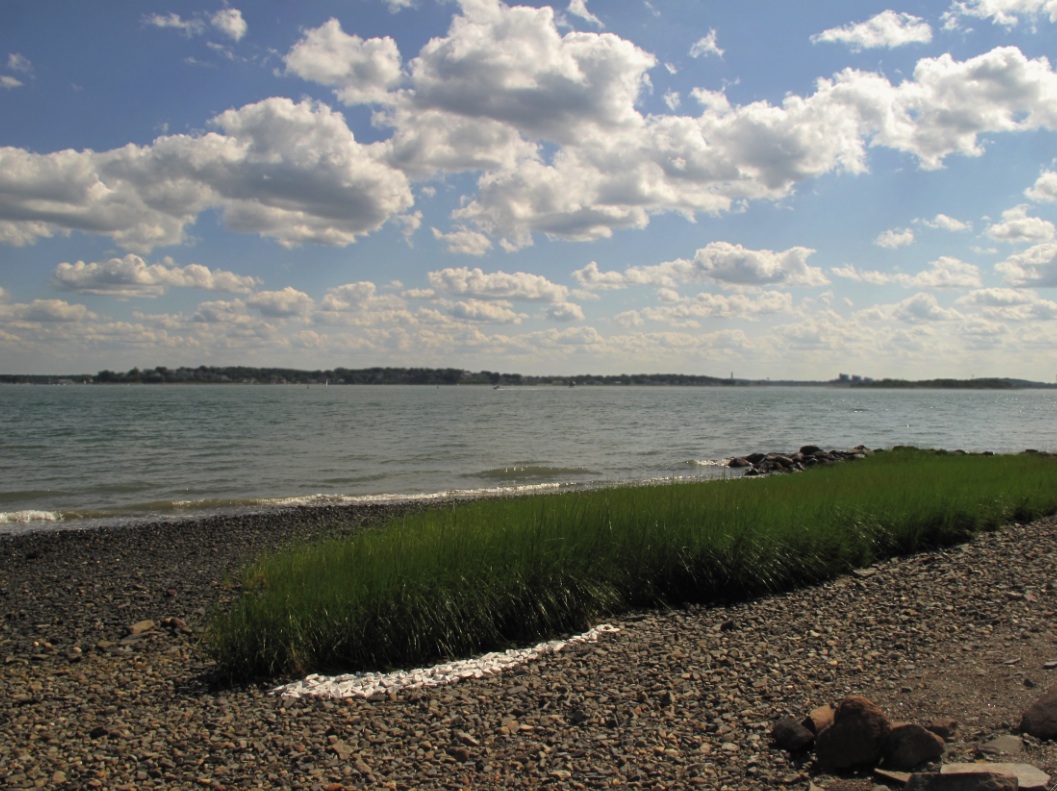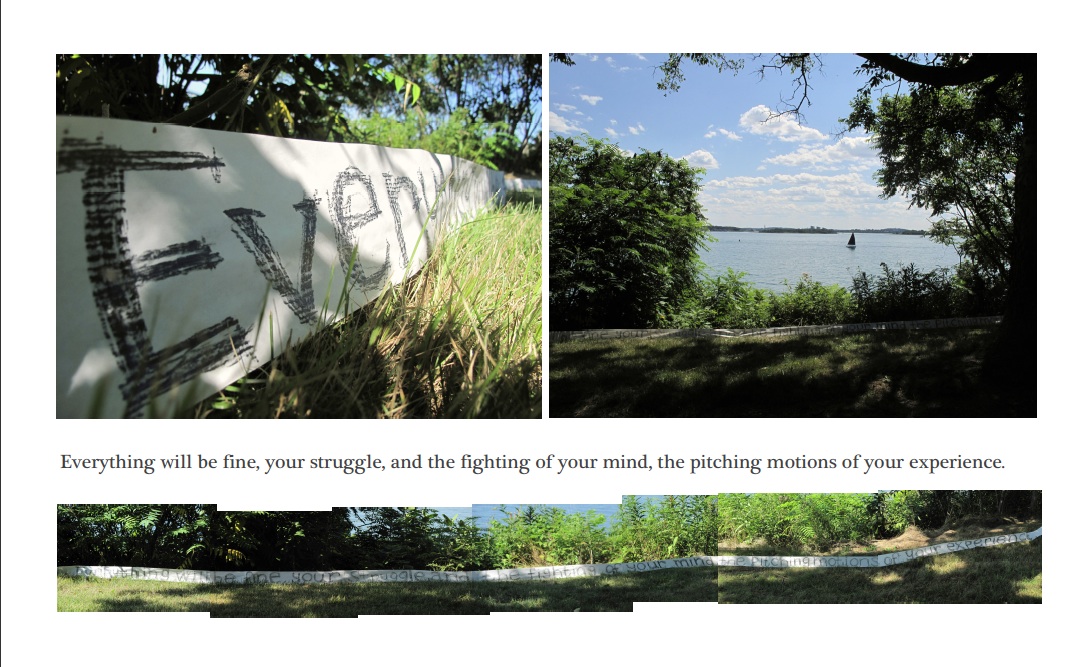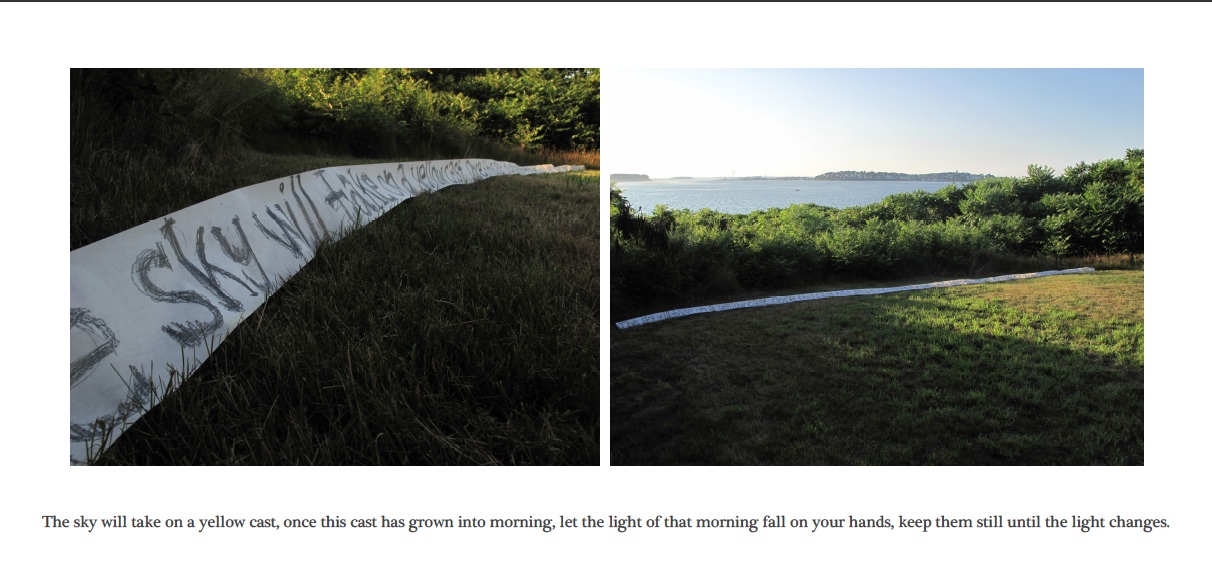You hold it in your mind all the time.
Rise is excited to announce the opening of “You hold it in your mind all the time.” An exhibition about physicality and perception that includes multimedia works by Michele Jaquis, Jeremy J. Quinn and Sarah Rushford of Rise Industries as well as Boston artists Heidi Kayser, Marguerite White, and Tom Wojciechowski.
We would be so happy to see you at the opening on August 11 or the artist talk on Sept 24. Or stop in during gallery hours of course!
(Please note the change in the artist talk date from the printed postcard, which says Saturday Sept 15 )
You hold it in your mind all the time.
An exhibition of experimental work about physicality and perception.
August 11 – September 30, 2011
Michele Jaquis
Heidi Kayser
Jeremy J. Quinn
Sarah Rushford
Marguerite White
Tom Wojciechowski
Reception: Thursday August 11, 2011 5:00-8:00 pm
Artists Talk/Closing Reception: Saturday September 24 2:00pm
Art at 12
12 Farnsworth Sreet
Boston MA 02210
www.fortpointarts.org
617 423 1100
Art at 12 Gallery Hours
Mon-Fri 11am-6pm, Sat 11am-4pm, Sunday by chance
Art at 12 Gallery presents You hold it in your mind all the time, an exhibition of multidisciplinary work by Boston artists Heidi Kayser, Sarah Rushford, Marguerite White, and Tom Wojciechowski and Los Angeles artists Michele Jaquis and Jeremy J. Quinn. The show dates are August 11 – September 30, 2011, with an opening reception on August 11th and an artist talk and closing reception on September 24th. The exhibition includes projected and monitor based video, sculpture, drawing and photography that takes an experimental, scientific, or analytic approach to the investigation of the mysterious nature of somatic knowledge.
Informed by philosphy, narrative, and neurobiology, You hold it in your mind all the time expresses and questions the folded duality of the self; the notion that the body is our infinitely personal, private selfhood, and is also a physical object in the outside world. Art theorist Gabriele Brandstetter writes of this strange doubleness “The body is a being of two leaves; from one side a thing among things and otherwise what sees and touches them.”
Heidi Kayser’s sculpture Spanning the Rift is a suspension bridge made of eyeglasses which, Kayser states,“addresses the internally confounding problem of time and helps extend perception by closing the distance between looking back and looking forward.”
Michele Jaquis’s Until I Can Speak my Mind is a short film that was inspired by a recurring dream that both the artist and her twin sister have had in which the artist is chewing bubble gum which she then spits it into her hand, only to find in the next shot that the gum is still there and is getting bigger.
Jeremy Quinn’s What Holds Us Together is a video projection that depicts the Brooklyn Bridge with its middle section conspicuously missing, while the view into Manhattan (the World Trade Center towers missing) remains intact. Traffic seems to pass into and out of a charged void that separates the two sides of the bridge in this commentary on emptiness and separation.
Sarah Rushford’s Quickening is an interactive installation. Viewers reach into a box that contains a green apple and a live video feed of their hand is mixed with a recorded video of another hand touching the apple. Viewers report feeling a strange a ghostly presence as the two images mix.
Marguerite White’s Cargo Cult is a shadow theatre constructed with cut paper and simple light
projections. This surreal narrative is a reflection on the power of visual memory and the subjective nature of physical perception.
Also included are large scale abstract landscape photographs by Tom Wojciechowski, in which familiar objects—a hand, a landscape, set up a perceptual conundrum and create a space that can’t or shouldn’t exist.
You hold it in your mind all the time illuminates a diversity of multidisciplinary contemporary art practice to suggest that what may seem to be private, even mysterious somatic experiences are actually shared perceptions that might be articulated.










